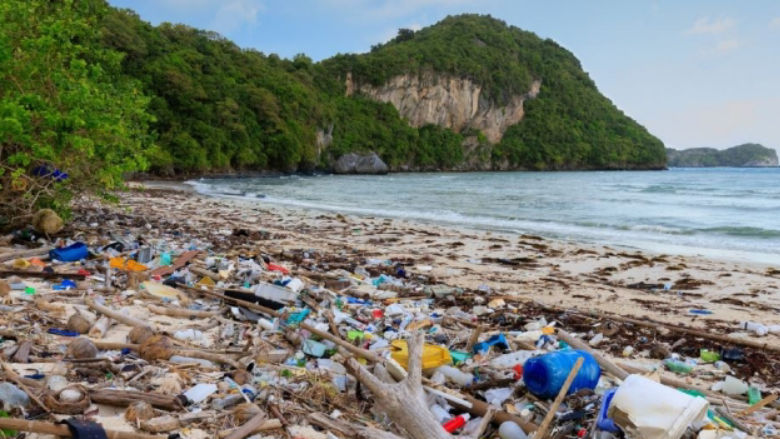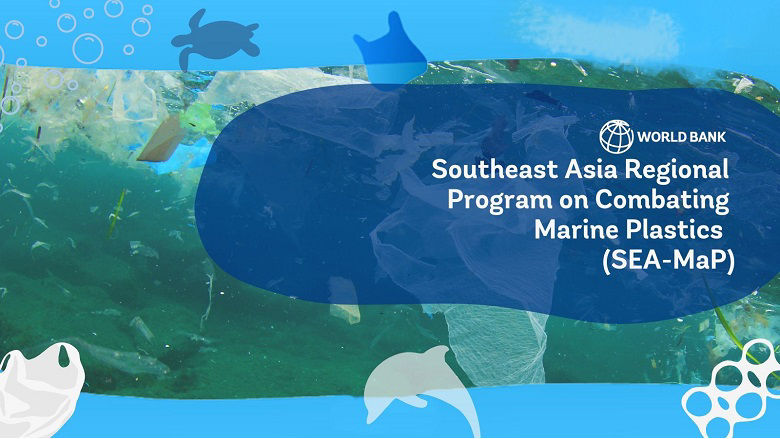ľ��ӰԺ Group partners with Thailand to address challenges that affect people��s daily lives by providing grant funding and technical assistance delivered in collaboration with government agencies, local organizations, international bodies, think tanks, and academic institutions. It provided $54 million in support of Thailand in FY19�C24 and will provide $16 million in FY25. Support will include technical assistance and advisory services to the government on matters relating to the three platforms.
Results under the Sustainable Financing Platform
ľ��ӰԺ Group is working with the Bank of Thailand, other financial regulators, and leading financial institutions to scale up sustainable finance in Thailand. benchmarked the reporting of environmental, social, and governance (ESG) performance by listed Thai companies. It found that overall ESG disclosure levels were good, with better disclosure rates amongst the largest listed companies (by market capitalization) compared to the smaller companies, and made recommendations for advancing Thailand��s sustainability reporting practices.
In 2024, a World Bank team began working with the Bank of Thailand to assess the potential risks to the financial sector from the impacts of climate change. In May, the Bank team delivered The training focused on the physical risks of climate change such as extreme weather events, building on previous technical work assessing the financial stability risks from flooding.
The International Finance Corporation (IFC)��a member of the World Bank Group focused on the private sector in emerging markets��has a strong record of catalyzing and investing in and . Its current work is helping leading financial institutions design and communicate transition strategies to reduce emissions and align with the Paris Agreement goals.
With the support of IFC, Thailand introduced a classification system for environmentally sustainable economic activities called the in July 2023 covering the energy and transport sectors. It is now developing , which will include the manufacturing, agriculture, construction & real estate, and waste management sectors, with a target to launch in mid-2025. ľ��ӰԺ and the IFC are also working collaboratively to support Thailand in taxonomy implementation.
ľ��ӰԺ��s flagship technical assistance program, Partnership for Market Readiness (PMR), worked with Thai officials to design and deploy new carbon pricing instruments to reduce the country��s greenhouse gas emissions. It supported efforts to develop an Energy Performance Certificate scheme database and a measuring, reporting, and verification (MRV) system to measure the energy efficiency of commercial buildings and industries. It also assessed the legal framework for Thailand��s Emissions Trading Scheme (ETS), which aims to cap the total level of greenhouse gas emissions and allow industries with low emissions to sell their extra allowances to larger emitters. Under the Low Carbon City Program it developed greenhouse gas abatement plans for 25 municipalities.
Under the follow-up Partnership for Market Implementation (PMI) program, the Bank will support the government in assessing carbon pricing instruments as it prepares to implement a carbon tax in 2025, with a possible ETS in 2029.
For more than 25 years, another grant-funded project has helped phase out ozone-depleting substances in Thailand. The HCFC (hydrochlorofluorocarbon chemicals) phase-out project has enabled more than 80 small and medium-size foam manufacturers to replace their production technology with alternatives that do not deplete the ozone layer and have less of an impact on global warming.
Results under the Sustainable Cities Platform
ľ��ӰԺ has partnered with five cities��Khon Kaen, Chiang Mai, Phuket, Rayong and Nakhon Sawan��to help mobilize financing from the private sector for urban infrastructure projects. Since February 2024, it conducted a series of workshops with stakeholders to showcase successful implementation of infrastructure and transit-oriented development (TOD) which allowed central and local government agencies to exchange perspectives.
Thailand has one of the region��s most advanced carbon markets. The Bank assessed the market potential��including the potential for monetizing emission reductions through carbon finance��of 4 low-carbon interventions. This included rooftop solar installations, energy efficiency retrofits, LED street light replacement, and transition to electrical vehicles, in 10 secondary cities. The combined emission reduction across all interventions in the ten provinces is estimated at 46.2 million TCO2e. With a total capital expenditure of approximately $6.8 billion, these interventions offer substantial savings: $9.5 billion from rooftop solar, $1.3 billion from energy efficiency retrofits, $278 million from LED street light replacements, and nearly $1.3 billion from EV upgrades. Payback periods range from 2 to 5 years, underscoring the strong potential for both environmental impact and financial return.
At the request of the Office of National Water Resources (ONWR), a World Bank team carried out a rapid damage assessment of the 2024 floods in Northern Thailand. Estimated damages within the catchments to buildings, infrastructure, agriculture, and fisheries range between US$ 0.9 to 1.2 billion, representing approximately 0.20% of Thailand��s 2023 GDP.
Since 2007, the Bank has been promoting peace and development by providing grant-funded support to the government, communities, and civil society organizations (CSOs) in conflict-affected areas of Southern Thailand. Initially, projects were implemented in 27 communities in Pattani, Narathiwas, and Yala provinces. They supported a range of community development activities, using the community-driven development (CDD) approach and small grants to CSOs financed by the State and Peacebuilding Fund and the Korea Trust Fund for Economic and Peace-Building Transitions. During a second phase, the Bank provided livelihood and psychosocial support to 200 former combatants of insurgent groups and detainees/returnees to integrate them back into civilian life despite ongoing subnational conflict.
Since 2022, the World Bank, the Thai Health Academy, the National Human Rights Commission of Thailand, and other stakeholders have sponsored a training of trainers (TOT) program to strengthen skills within conflict-affected communities to promote resilience, mental health, and human rights. The TOT network now has over 500 participants, who support the most vulnerable groups in Southern Thailand.
Results under the Sustaining Innovation Platform
Since 2021, the World Bank has partnered with the Equitable Education Fund to serving households from different socioeconomic statuses and geographic areas and raise the literacy, digital, and social-emotional skills of Thailand��s future workforce.
The Fundamental School Quality Level (FSQL) for Thailand has been implemented in 275 remote schools around the country, serving as a self-assessment tool to evaluate the quality of schools. The pilot of this instrument has provided quality indicators on school leadership and management, classroom management, teacher development, and infrastructure. Currently, a second pilot phase is underway, featuring an improved version of the instrument with potential of making the FSQL results publicly accessible, as part of a broader initiative aimed at enhancing accountability within the education system.
More recently, the Bank has been supporting reforms at technical and vocational education and training (TVET) colleges by preparing a novel social and emotional learning (SEL) program, which will be delivered across Thailand in 2025. This work will prepare a validated instrument designed to improve teachers�� pedagogical abilities to deliver SEL. The Bank is also supporting efforts to improve the ability to diagnose skills gaps in Phayao, Rayong, and Pattani provinces. The results will lead to actionable policy recommendations.
Knowledge Work
Twice a year, the World Bank publishes the Thailand Economic Monitor (TEM), which reviews recent economic developments and provides an independent analysis of the near- and medium-term economic outlook. The report also provides advice on growth-promoting policies.
Other examples of analytical work include the following:
Last updated October 2024










